European Sepsis Report – Norway
Background
The work to fight sepsis started in 2016-17 through a national inspection initiated by the government. A team visited all hospitals in Norway and each hospital was visited and reviewed three times. The reviewers looked at how long it took patients to receive antibiotics and processes (i.e., triage, time until the doctor visit, blood culture, lactate measurement…). The results showed that many patients did not get antibiotics as soon as they should. Besides, there was a lack of coordination and leadership in the hospitals. This inspection generated a number of local initiatives that lead to an increase in survival rates and a decrease in the length of stay of sepsis patients.
What is happening
This was followed by a governmental program focusing on early recognition of sepsis in the ED and at the ward. A big focus was on education (brochures, folders, e-learning, training, monitoring…). This has been implemented in EDs in all hospitals in Norway and it is on the way to being implemented in all wards. Other measures include a survey involving 120.000 people that will be followed for 20 years.
Results, next steps, and challenges
One of the main challenges is the unrecognized burden of sepsis in Norway: there is no agreement and official numbers are based on ICD coding. A sepsis incidence study using Rudd’s et al definition is ongoing. Lack of awareness in the population is also a burden. For the last 5-6 years there has been also an attempt to set up a national antibiotic guideline for sepsis that eventually should be finalized by the end of 2021. There is currently political will to move towards a national action plan, but due to the pandemic, the process has been set on hold.
In autumn 2021, the Swedish Sepsisfonden will launch a co-operative trust in Norway, under the same brand. The objective is to raise awareness about sepsis amongst the general public and provide support to the healthcare system.
In 2021 a patient organization named LHL-Sepsis was launched, with the objectives to strengthen patients’ and their relatives’ rights and raise awareness.
